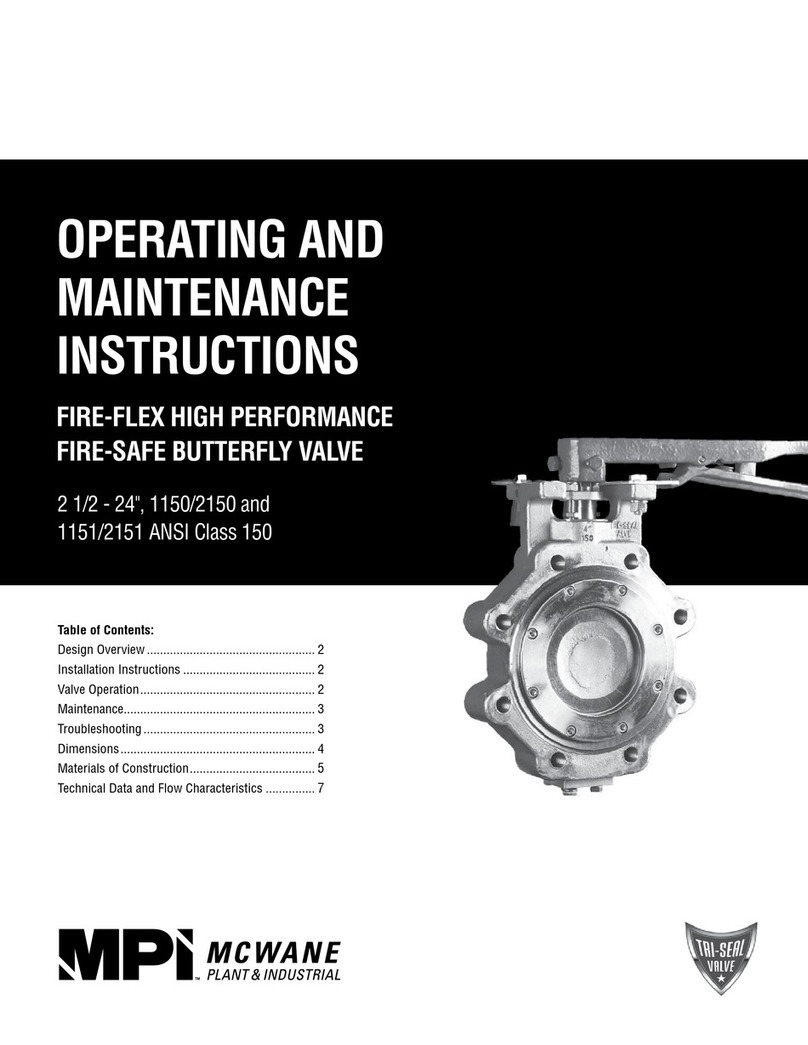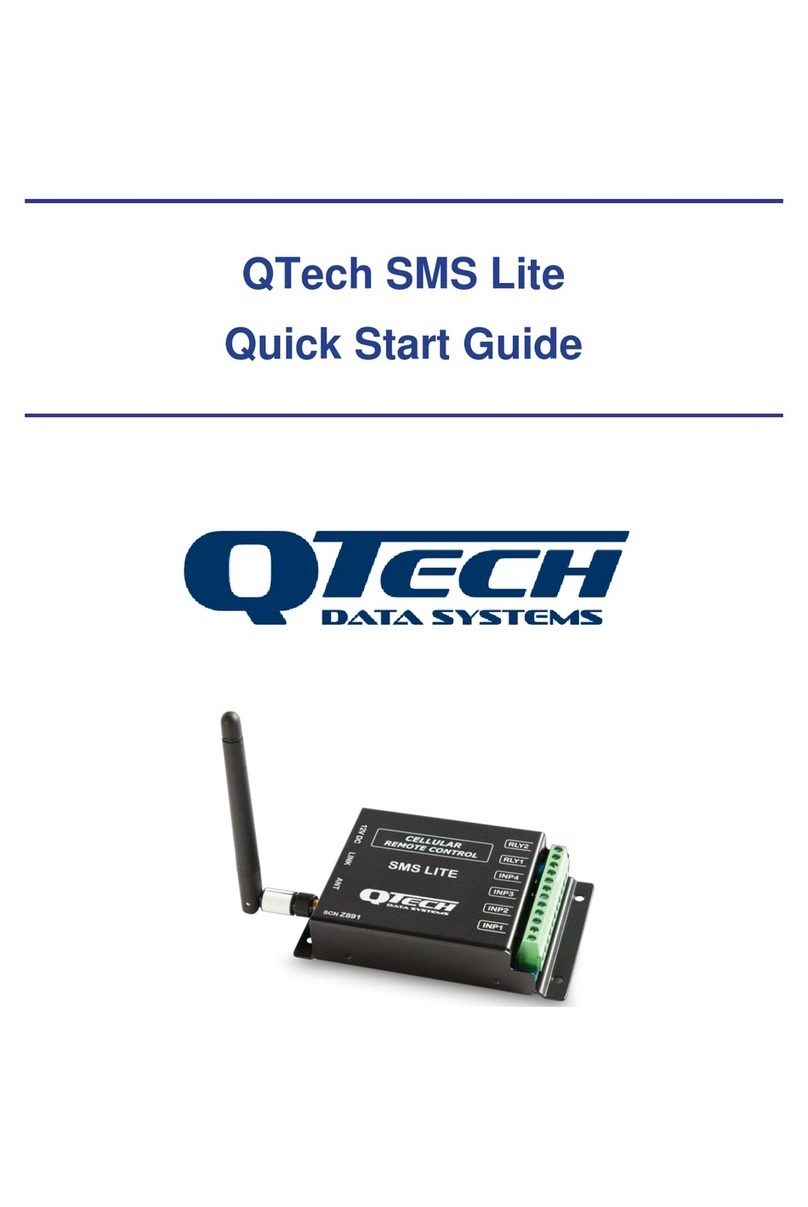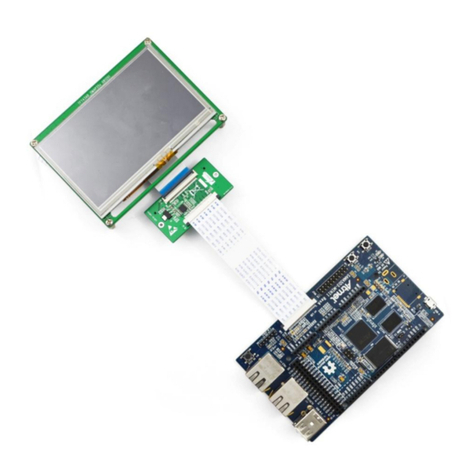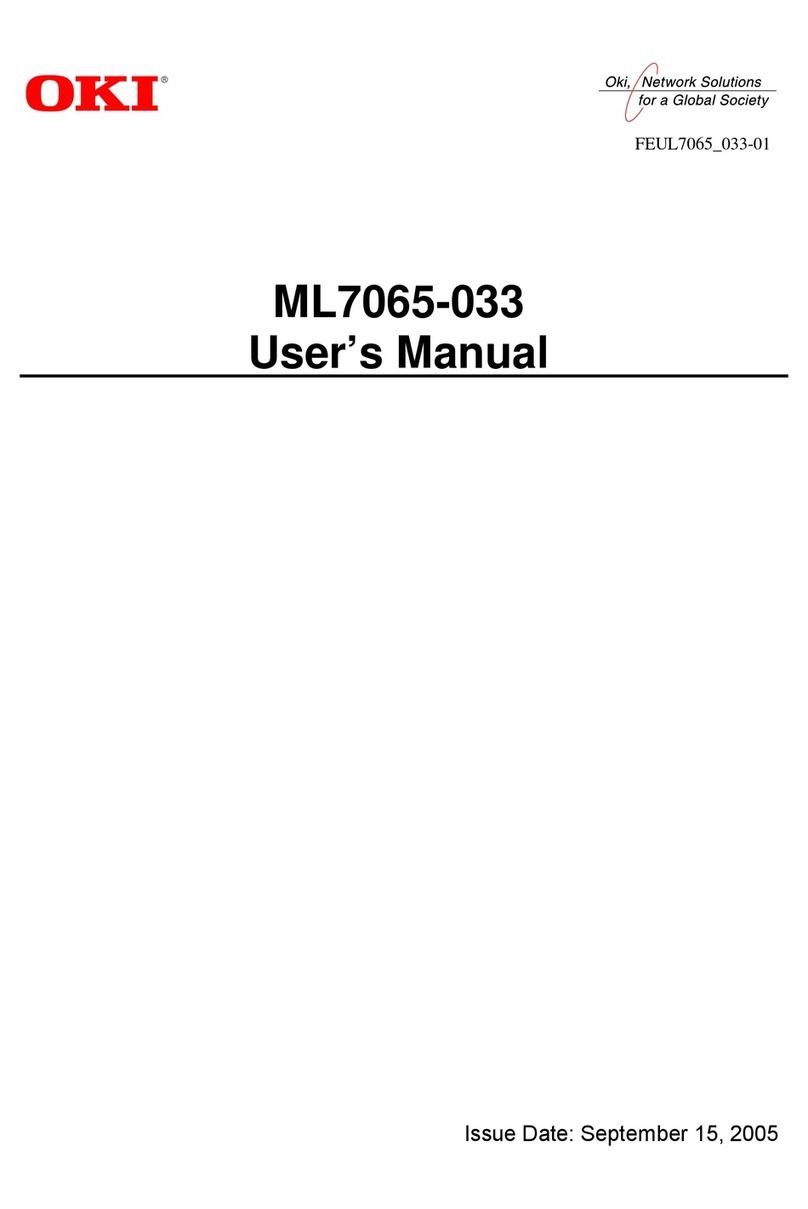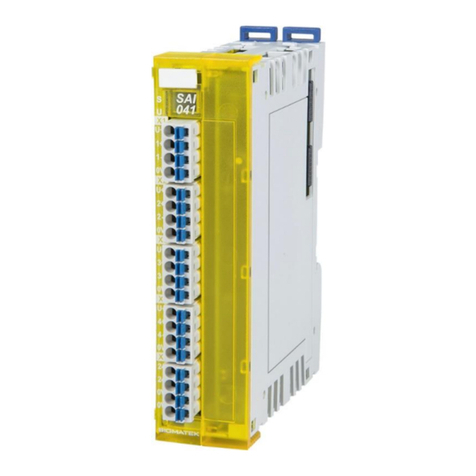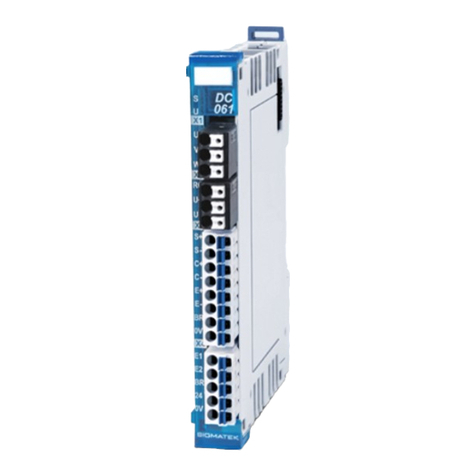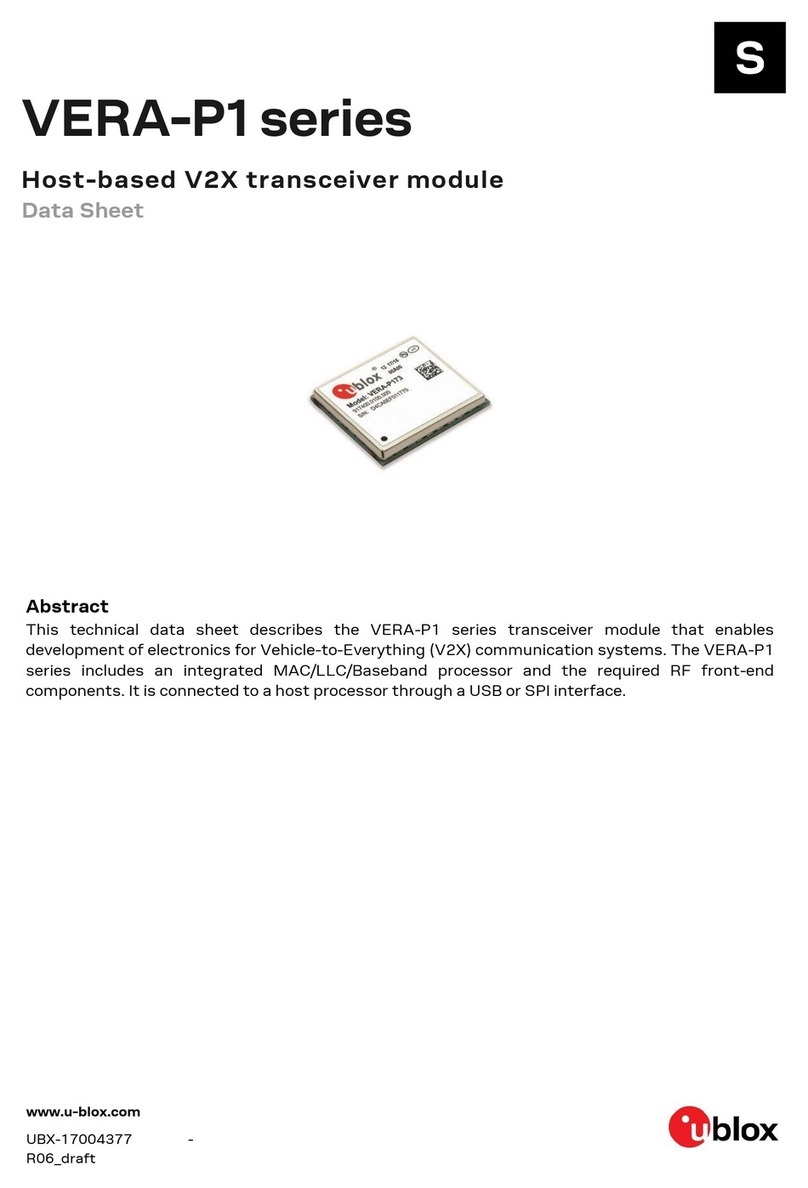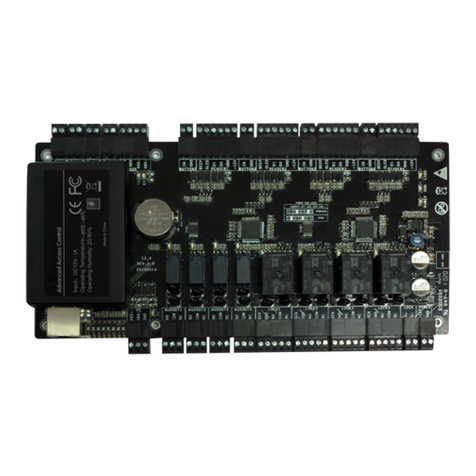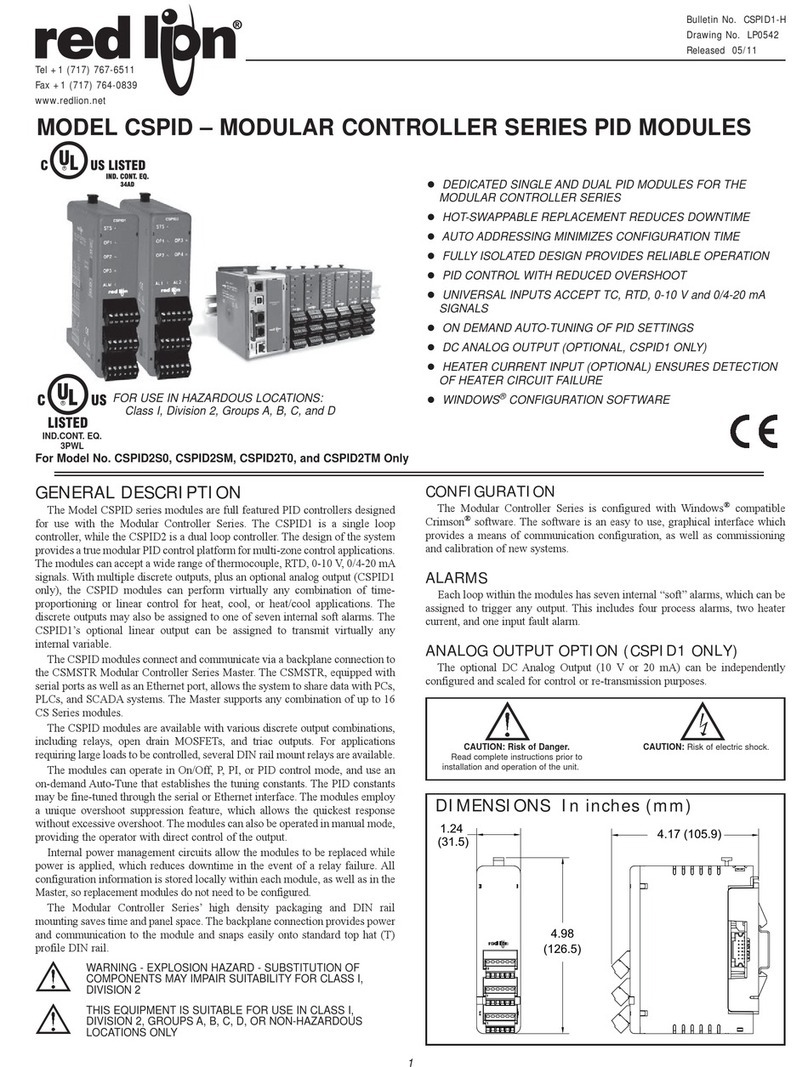MPI AWWA C504 User manual

BUTTERFLY VALVE
3"-54" AWWA C504
INSTALLATION &
OPERATION MANUAL
TABLE OF CONTENTS
Introduction . . . . . . . . . . . . . . . . . . . . . . . . . . . .
Recieving & Storage . . . . . . . . . . . . . . . . . . . . .
Installation . . . . . . . . . . . . . . . . . . . . . . . . . . . .
Operation . . . . . . . . . . . . . . . . . . . . . . . . . . . . .
Maintenance . . . . . . . . . . . . . . . . . . . . . . . . . . .
Troubleshooting . . . . . . . . . . . . . . . . . . . . . . . .
Parts & Service . . . . . . . . . . . . . . . . . . . . . . . .
Drawings . . . . . . . . . . . . . . . . . . . . . . . . . . . . . .
PAGE
2
2
2
3
4
7
7
8

INTRODUCTION
Butterfly Valves are commonly used in water
transmission and distribution. This manual will provide you
with the information needed to properly install, operate, and
maintain the valve and to provide long service life.
The rubber seat provides a ‘zero leakage’ alternative to the
metal-seated valves. BFVs offer flow control advantages
and economy vs. gate valves, which become increasingly
more significant with larger sizes.
For pump station and treatment plant applications, BFVs
offer flow control advantages (such as throttling) over gate
valves. BFVs are manufactured in accordance with the
current version of the American Water Works Association
(AWWA) C504 standard. BFVs are constructed of ductile
iron, stainless steel, rubber seats & seals. The strength of
ductile iron along with stainless steel components provide
corrosion resistance for buried service applications.
RECEIVING & STORAGE
Inspect valves upon receipt to ensure correct material,
quantity, and any optional equipment has been received.
Also inspect all received equipment for any damage which
may have occurred during shipment. Contact the McWane
Plant & Industrial sales team to report any issues with
materials received.
Unload all valves safely to protect both the materials
and workers. For valves 36” and larger, use forklifts or
slings under skids. For smaller valves, do not lift valves with
slings or chains around the operating shaft, operator, or
through waterway. Lift these valves with eyebolts or rods
through the flange holes.
Protect the valve and operators from weather and
the accumulation of dirt, rocks, and debris. Store valves
indoors with the valve in the fully closed position to prevent
damage to the seating surface by foreign material. When
valves fitted with power operators and controls are stored,
energize electric operators or otherwise protect electrical
control equipment to prevent corrosion of electrical
contacts due to condensation resulting from temperature
variation. If outdoor storage is required valves need to be
protected from weather and foreign materials.
WARNING:
Installation of valves should be performed by
experienced installers. Valves should never
be used as structural supports and
movement into place. Valves are heavy and
may include accessories or bolt on pieces
which should be handled with caution.
NOTE:
BEFORE INSTALLING THE VALVE:
1. Prior to installation check that the valve and
end joints are clean. Check for damage to
the valve.
2. Open and close the valve to insure
proper operation.
3. The Inside Diameter (ID) of the mating of the
piping system should be considered BEFORE
installing the valve. When BFVs open, the vane
will extend into the mating piping system.
It is recommended that valves be installed into piping
system in accordance with AWWA M-11 to prevent any
undue piping stress, deflection or bending that may affect
the performance of the valve.
1. Place valve into position carefully to avoid impact
with trench walls or vault walls.
2. When connecting pipe to the BFV, do not deflect the
pipe to connect the valve. Do not use as a jack to
pull into alignment. As much as reasonably possible,
the BFV should be in an “unconstrained” position with
the weight of the valve being supported independently of
the pipe connection. Pipe connections can put undue
stress on the valve pulling the valve body out of shape
and causing it not to seal properly. This becomes
increasingly important as the piping size gets larger.
MECHANICAL JOINT INSTALLATION:
When connecting BFV Mechanical Joints (MJs) bolting
torques should not exceed the recommended torque limits
in the appendix of AWWA C-111.
A. The use of an NSF61 approved pipe grade lubricant
is recommended to minimize gasket to pipe binding.
B. The most important factor is pulling the gland down
uniformly so that the face of the gland follower
remains parallel to the face of the valve flange
throughout the tightening cycle. [CONT’D]
INSTALLATION
PAGE 2

The torque on the nuts should be uniform, utilizing an
alternating star pattern with as many as five repetitions
of tightening to assure even torque stress.
C. The MJ bolts should be torqued in accordance with the
AWWA C111 specification. See the chart below for a
quick reference. Torques in excess of the
recommendations below may damage the BFV, the
Mechanical Joint gland or both.
*AWWA C111-17, Table A.1, Mechanical-joint torque loads
Valve
Size
Bolt Size Range of Torque
in. mm. lbf-ft N-m
3” 5/8 15.9 45-60 61-81
4”-24” 3/4 19.1 75-90 102-122
30”-36” 125.4 100-120 136-163
42”-54” 1-1/4 31.8 120-150 163-203
Valve
Size
Thread Depth
/ Flange
Thickness
Thread
Size
# of Threaded
Holes per
Flange
14” 1-3/8” 1”-8 UNC 4
16” 1-7/16” 1”-8 UNC 4
18” 1-9/16” 1-1/8”-7 UNC 4
20” 1-11/16” 1-1/8”-7 UNC 4
24" 1-7/8" 1 1/4"-7 UNC 4
30" 2-1/8" 1 1/4"-7 UNC 41
Valve
Size
Thread Depth
/ Flange
Thickness
Thread
Size
# of Threaded
Holes per
Flange
36" 2-3/8" 1 1/2"-6 UNC 4
42" 2-5/8" 1 1/2"-6 UNC 4
48" 2-3/4" 1 1/2"-6 UNC 8
54" 3" 1 3/4"-5 UNC 12
FLANGED ENDS INSTALLATION:
1. The weight of the valve should be supported
independent of the pipe connection. Provisions for thrust
restraint must be adequate to absorb closing thrust.
2. Prior to assembly, flange faces must be cleaned to
remove rust, paint runs, or other impediments
to smooth surfaces.
3. All bolting patterns are in accordance with ANSI B16.1.
Bolt torques for flanged valves should be based on the
yield strength of the bolt. Due to size and casting
restrictions, BFV sizes 14” and larger have some tapped
holes (instead of thru holes) in the flanges. These are
located around the operator or thrust ends. The chart
below shows Thread Depth / Flange Thickness, Thread
Size, and # of Threaded Holes per Flange for sizes 14”
and larger. NOTE:
To determine the total required length
of the stud, add this dimension to the thickness
of the adjoining flange plus the thickness of the
appropriate nut.
4. If it is determined to use a bolt rather than a stud,
add the tapped bore dimension plus the adjoining
flange dimension to acquire the required bolt length.
(Bolt length as measured from the base of the bearing
surface - or head - to the end of threads). Check the
adjoining fitting and flange clearances to confirm
there is enough room to swing the bolt into place.
NOTE:
Butterfly valves should not be installed at a
dead end or near a bend in a pipeline without
proper & adequate restraint to support the valve
and prevent it from blowing off the end of the line.
It is good engineering practice to consider whether
thrust blocks, restrained joints, or other means of
restraint are needed on or adjacent to valves on
pipelines and/or where unusual conditions exist,
such as high internal pressures, adjacent fittings, or
unsuitable soils. Buried valves installed with valve
boxes shall be installed so that the valve box does
not transmit shock or stress to the valve operator as
a result of shifting soil or traffic load.
PAGE 3
OPERATION
Operational criteria for rubber seated BFV are covered
in the appendix section of AWWA C504. DO NOT operate
any valve at pressures above the rated pressure of the
valve. DO NOT exceed 300 ft-lbs input torque on operation
with wrench nuts and do not exceed 200 lb. rim pull for
handwheel or chainwheels against the Open or Closed Stops.
Do not remove a BFV operator while under flow and
pressure. Without an operator in place holding the vane,
a BFV will try to close in the presence of flow and can
create a hazardous water hammer situation. BFVs can be
operated manually by rotating the handwheel, chainwheel,
or nut. Do not force the handwheel, chainwheel, or nut to
close faster. This can cause damage to the gearing.

PAGE 4
BFV traveling nut operators are designed to Open and
Close the valve at LESS THAN 150ft-lbs. of input torque.
Torque in excess of these limits may damage the valve or
operator or both. Maintenance personnel should be aware
of the type of operators being used before actuating the
valves.
Cylinder operators are base mounted and operated
automatically by pneumatic or hydraulic pressure to
either side of the power cylinder. Cylinder operators use
solenoid valves to direct fluid to the cylinder ports based
on electrical power signals.
Motor actuators are designed to open and close the
valve through its ¼ turn of rotation. They contain gearing
that slowly moves the valve from open to close position.
Electrical controls are included in the motor actuator
for local electrical control. The positioning of the valve
disc will be done by limit switches in the motor actuator.
Instructions for adjustment of limit switches or mechanical
stops can be found in the motor manual.
BFVs can be automated to suit virtually all control even
those with very specific design criteria.
MAINTENANCE
Before any maintenance or service work is conducted
on a BFV, whether above or below ground, all potential
safety issues should be considered. Prior to maintenance,
properly identify the BFV model and its operator then
obtain the correct service information.
Annual maintenance of the BFV includes the following:
1. Cycle the valve to verify operation and no
interference in line.
2. Close the valve and check for any leaks.
VANE SEAT RING ADJUSTMENT
Sizes 3”-54”:
1. If there is a small leak at a specific location around
the circumference of the vane, this may be
corrected by adjusting the Vane Ring Bolts on the Vane.
2. Before attempting to adjust the bolts, open the valve
fully and inspect the Vane Ring for any mechanical
damage to the rubber (a cut or tear or similar damage).
3. Once confirmed that the Vane Ring is in good
condition, be sure to make sure that the seating area
is clean and free from any debris.
4. Move the vane to the fully closed position and confirm
that the vane is level with the stainless-steel seat in
the valve body. NOTE:
Make sure that the seating area
has been lubricated with an NSF61 approved
lubricant. If the vane is not level with the seat is
not level:
A. If a Traveling Nut Operator is being used,
skip to Section – Vane Level Adjustment.
B. If a third-party operator is being used, consult
the Operator Manual for how to adjust the end
stops of the operator.
5. After Steps 2, 3 & 4 have been verified, if there is still
water leaking in the seat area, determine the location
of the leakage.
A. Using a Torque wrench (wrench should be in
“in-lb.” readings), determine the approximate
torque of the bolts around the leak.
B. Using a measured torque amount, increase
the torque wrench setting by 20in-lbs.
C. Re-torque 3 to 5 of the bolts around the leak.
Repressure test the valve.
D. If the valve still leaks, this step can be done
once more.
E. If the valve still leaks after the second
attempt, the Vane Seat Ring may need
replacement.
Valve Size
Vane Ring Bolt
Wrench Size
Max Vane Ring
Torque
3”-12” 7/16” Hex Head Bolt 150in-lbs.
14”-24” 9/16” Hex Head Bolt 220in-lbs.
30”-54” 7/32” Allen Key Bolt 220in-lbs.
VALVE SEAT RING REPLACEMENT:
The BFV’s design complies with the AWWA C504
Appendix guidance that “permits field adjustment
or replacement of rubber seats when leakage occurs
past the disc.” The rubber seat can be replaced without
removal of the shaft & vane assembly. This can be
accomplished at the installation site for all valve sizes with
standard tools. Assuming the maintenance staff can safely
access the Vane Seat Ring side of the valve, this can be
done with the valve still in the line.

Removal of Existing Seat Ring - Sizes 3”-24”:
1. With vane in the closed position, remove seat
retention screws.
2. Open valve approximately 20 degrees to remove
the seat. NOTE:
For 3” thru 24” valves, the Vane Ring
Rubber is molded to the stainless-steel insert. They
are one unit and can only be removed from the valve
as one piece.
3. Lift the near side seat edge up from the seat recess
area and, using a rubber mallet or hammer & block of
wood, tap lightly on the seat edge to bump the Vane
Seat Ring away from the recess area of the vane.
4. Gently work the Vane Seat Ring free, keeping in mind
that resistance may be encountered at areas of
contact near the shaft locations. (Forcible removal
may damage the seat and prohibit reuse, if desired.)
5. Clean any debris, grease, or coating material from
seat recess on vane and from stainless steel
seating surface in the valve body.
Installation of New Seat - Sizes 3”-24”:
1. With the existing vane seat ring removed and the
seating area cleaned of any debris and raised
(or rough) surfaces smoothed, move the vane to
the close position. Make sure the vane is level in the
valve body. (If vane is not level, refer to–
VANE LEVEL ADJUSTMENT)
2. Fully lubricate the stainless-steel body seat with an
NSF61 approved grease or pipe lubricant. Use extra
lubricant at contact area near the shaft locations.
Fully lubricate the rubber portion of the new Vane
Seat Ring. Lay the Vane Seat Ring on vane, aligning
the vane ring bolt holes in the vane and seat ring as
best as possible. Gently tap the seat ring with a
rubber mallet or with a block of wood to push the
ring into place.
3. Once the Vane Seat Ring is in the seat recess, the
bolts holes can be further aligned. Using self-locking
seat adjusting screws, place screws in all the seat
vane ring bolt holes. By hand, make sure that the
screws are threaded into the holes to secure the seat
to the vane. Do not begin compression of the rubber
seat at this point.
4. For 3” thru 12” BFVs:
A. Set the torque wrench to 90in-lbs, torque all of
the bolts down to 90in-lbs in an alternating star
pattern as shown in the picture below.
B. Increase the setting on the torque wrench to
110in-lbs and repeat the process.
C. Pressure test the valve. If the valve holds the
rated pressure, then the process is done.
D. If the valve does not hold the rated pressure,
then increase the setting on the torque
wrench to 130in-lbs and repeat the pressure
test. Again, if the valve holds the rated
pressure, then the process is done.
E. If the valve does not hold, increase the setting
on the torque wrench to 150in-lbs, and a repeat
the process.
F. If the valve holds the rated pressure, then the
process is done. If the valve still does not hold
pressure, then consult the factory.
5. For 14” thru 24” BFVs:
A. Set the torque wrench to 160in-lbs, torque all of
the bolts down to 160in-lbs in an alternating
star pattern.
B. Increase the setting on the torque wrench to
180in-lbs and repeat the process.
C. Pressure test the valve. If the valve holds the
rated pressure, then the process is done.
D. If the valve does not hold the rated pressure,
then increase the setting on the torque wrench
to 200in-lbs and repeat the pressure test. Again,
if the valve holds the rated pressure, then the
process is done.
E. If the valve does not hold, increase the setting
on the torque wrench to 220in-lbs, and repeat
the process.
F. If the valve holds the rated pressure, then the
process is done. If the valve still does not hold
pressure, then consult the factory.
6. Retest the valve as necessary in accordance with
AWWA C504 sec. 5.2.2.2.
3” thru 24” Service Details
1. Parts Required:
A. Vane Seat Ring
B. Seat Ring retention screws- with
pre-applied ‘nylock’
C. NSF61 approved Lubricant
PAGE 5

PAGE 6
2. Tools Required:
A. 7/16” socket for valve sizes 3” thru 12”, 9/16”
socket for valve sizes 14” thru 24”
B. An adjustable torque wrench with in-lb settings
up to 250in-lbs NOTE: It is not recommended to
use a torque wrench with ft-lbs increments.
C. Screwdriver
D. Rubber mallet or hammer with wood block.
30” thru 54” Service Details
1. With vane in the closed position, remove seat ring
retention screws.
2. Remove the stainless-steel clamp ring segments from
the valve. For 30” and larger valves, these are not
bonded to the rubber Vane Seat Ring.
3. Open valve approximately 20 degrees to remove the
rubber Vane Seat Ring.
4. Lift the near side seat edge up from the vane recess
area and, using a rubber mallet or hammer & block of
wood, tap lightly on the seat edge to bump the Vane
Seat Ring away from the recess area of the vane.
5. Gently work the Vane Seat Ring free, keeping in mind
that resistance may be encountered at areas of contact
near the shaft locations. (Forcible removal may damage
the seat and prohibit reuse, if desired.)
6. Clean any debris, grease, or coating material from seat
recess on vane and from stainless steel seating surface
in the valve body.
30” thru 54” Installation of New Seat
1. With the existing Vane Seat Ring removed and the
seating area cleaned of any debris and any raised (or
rough) surfaces smoothed, move the vane to the close
position. Make sure the vane is level in the valve body.
(If the vane is not level, refer to VANE LEVEL ADJUSTMENT)
2. Fully lubricate the stainless-steel body ring and the
new rubber seat ring with an NSF61 approved
lubricant. Use extra lubricant at contact area near
the shaft locations. Lay the new rubber Vane Seat
Ring on vane, aligning the vane ring bolt holes. It is
recommended to push the rubber Vane Seat Ring into
place by hand.
3. Once the rubber seat ring is in place, put the clamp ring
segments can be put into place, aligning the bolt holes in
the clamp ring with the bolt holes rubber vane ring.
4. Using self-locking seat adjusting screws, install the
screws through the clamp ring, through the Vane Seat
Ring and into the threaded holes in the vane. This should
be done by hand to make sure that the bolts are in the
threaded holes and are not cross-threaded. Do not begin
compression of the rubber seat at this point.
5. To tighten the Vane Sear Ring vane ring down:
A. Set the torque wrench to 160in-lbs, torque all
the bolts down to 160in-lbs. in an alternating
star pattern.
B. Increase the setting on the torque wrench to
180in-lbs and repeat the process.
C. Pressure test the valve. If the valve holds the
rated pressure, then the process is done.
D. If the valve does not hold the rated pressure,
then increase the setting on the torque wrench
to 200in-lbs and repeat the pressure test. Again,
if the valve holds the rated pressure, then the
process is done.
E. If the valve does not hold, increase the setting
on the torque wrench to 220in-lbs, and a repeat
the process.
F. If the valve holds the rated pressure, then the
process is done. If the valve still does not hold
pressure, then consult the factory.
6. Retest the valve as necessary in accordance with
AWWA C504 sec. 5.2.2.2.
30” thru 54” Service Details
1. Parts Required:
A. Vane Seat Ring
B. Seat Ring retention screws- with
pre-applied ‘nylock’
C. NSF61 approved Lubricant
2. Tools Required:
A. 7/32” socket for valve sizes 30” thru 54”
B. 9/16” socket for valves sizes 60” thru 72”
C. An adjustable torque wrench, with in-lb settings
up to 250in-lbs. NOTE:
It is not recommended to
use a torque wrench with
f
t-lbs increments
.
D. Screwdriver
E. Rubber mallet or hammer with wood block.

PAGE 7
VALVE LEVEL ADJUSTMENT:
BFVs, 3” thru 42”, are generally equipped with a
mechanical traveling nut operator. The operator lever
adjustment is set during the production/testing process
and the valve pressure tested in both directions for proper
sealing at full closure. As a result, field adjustment is
rarely required.
Vane Level Adjustment Procedure -
Sizes 3”-12” BFV’s: Call your MPI inside sales
representative for the current procedure.
Sizes 14”-42” BFV’s: An external locking bolt
adjustment feature was added to BFVs in 1998.
1. Loosen the Lock Nut retaining the Hex Head Bolt.
(For open left valves, the closure adjustment is located
near the op nut or handwheel)
2. Turn the Hex Head Bolt so that it moves outward from
the Operator Housing. Do not unthread the Hex Head
Bolt to where it comes out of the housing.
Normally, 1 to 3 turns are sufficient.
3. Using the Op Nut or Handwheel, level the valve as
needed. Assuming the valve itself is level, a small
Carpenter’s level can be placed on the vane to set
the level.
4. Once the vane is level, turn the Hex Head Bolt inward
until it firmly contacts the Lever.
5. Holding the Hex Head Bolt with a wrench (so that it does
not move), tighten Lock Nut against the Housing to lock
the Hex Head Bolt in place.
6. Move the vane out of the seat area and then back into
the seat to confirm that the adjustment leveled the vane.
Vane Level Adjustment Procedure -
Sizes 48”-54” BFV’s
MPI does not manufacture a traveling nut operator
for valves this size. Third-party worm gears are normally
provided for valves of this size. For maintenance and
adjustment procedures for these types of operators, please
contact the manufacturer of the gear.
TROUBLESHOOTING
PROBLEM CAUSE SOLUTION
Valve leaks
when
closed
Disc not fully closed or
past fully closed
Adjust actuator closed position
stop
Disc edge wear or
damage
Clean and/or replace disc edge
Rubber seat wear or
damage
Adjust or replace valve seat
Chainwheel
jam
Poorly fitting chain Replace with correct chain
Valve hard
to operate
Foreign material in
valve
Remove obstructions
Corroded actuator parts Clean and grease actuator
Loose Actuator Apply locking compound and
tighten bolts
Internal
operator
obstruction
Debris in threaded
components
Work Input shaft in the open or
closed direction several times
until full travel is permitted
Internal to
the Valve
Obstruction
Vane interference Remove valve from line to
modify mating pipe ID
Internal obstruction Access vane and physically
remove obstruction
External
Obstruction
Op. nut interference Check Op. Nut clearances in
buried service valve boxes
Binding of operational
accessories
Adjust as needed to resolve
binding
Thrust plate not
mounted securely
Fully thread the input shaft
into the operator housing and
tighten
**Inspection for the above should be done semi annually at a minimum.
PARTS & SERVICE
Parts and service are available from your
local representative or the factory. For availability
and pricing of spare parts please contact the MPI
sales team:
McWane Plant & Industrial
www.mcwanepi.com
Phone: 866-924-8674
Email: [email protected]

PAGE 8
DRAWN BY - D SKAKAL REV - 1DRAWING NO.- CAT914C10011-01
STYLE 4500, CLASS 150 BUTTERFLY VALVE
WITH
FLANGED ENDS,
SIZE 3” - 12”
ITEM PART NAME MATERIAL
1 Body, Valve Cast Iron, A-126, Class B with 316 Stainless Steel Seat
2 Vane Cast Iron, A-126, Class B
3 Cover, End Cast Iron, A-126, Class B
4 Seat Ring, Vane EPDM with 304 Stainless Steel Insert
5 Shaft 304 Stainless Steel, ASTM A-276
6 O-Ring, Body Buna-N
7 Bearing, Body Nylatron GS Nylon
8 Stud A307 Steel (Standard) / 304 SS (Optional) / 316 SS (Optional)
9 Nut, Heavy Hex A307 Steel (Standard) / 304 SS (Optional) / 316 SS (Optional)
10 Socket Screw, Flat Head Hex Stainless Steel, 18-8
11 Capscrew, Hex Stainless Steel, 18-8 with Nylok Insert
12 Capscrew, Hex A307 Steel (Standard) / 304 SS (Optional) / 316 SS (Optional)
13 Capscrew, Seal Acetal
14 Thrust Disk Acetal
15 O-Ring Cartridge, Inside Buna-N
16 O-Ring Cartridge, Outside Buna-N
17 Grooved Pin 303 Stainless Steel
18 O-Ring, Grooved Pin Buna-N

STYLE 4500, CLASS 150 BUTTERFLY VALVE
WITH
FLANGED ENDS,
SIZE 14” - 24”
ITEM PART NAME MATERIAL
1 Body, Valve Cast Iron, A-126, Class B with 316 Stainless Steel Seat
2 Vane Cast Iron, A-126, Class B
3 Cover, End Cast Iron, A-126, Class B
4 Seat Ring, Vane EPDM with 304 Stainless Steel Insert
5 Shaft, Operator 304 Stainless Steel, ASTM A-276
6 Shaft, Thrust 304 Stainless Steel, ASTM A-276
7 Bushing Reinforced Teflon
8 Stud A307 Steel (Standard) / 304 SS (Optional) / 316 SS (Optional)
9 Nut, Hex A307 Steel (Standard) / 304 SS (Optional) / 316 SS (Optional)
10 Torque Plug, Shaft 304 Stainless Steel, ASTM A-276
11 Capscrew, Hex Stainless Steel, 18-8 with Nylok Insert
12 Bolt, Hex Head A307 Steel (Standard) / 304 SS (Optional) / 316 SS (Optional)
13 O-Ring, End Cover Buna-N
14 Shaft Seal Buna-S
15 Seal Ring Steel, C-1018
16 Thrust Collar Bronze Alloy UNS C93200
17 Roll Pin Stainless Steel A.I.S.I. 420
PAGE 9
DRAWN BY - D SKAKAL REV - 1DRAWING NO.- CAT914C10011-01

STYLE 4500, CLASS 150 BUTTERFLY VALVE
WITH
FLANGED ENDS
AND
BURIED OPERATOR,
SIZE 3” - 24”
PAGE 10
DRAWN BY - D SKAKAL REV - 2DRAWING NO.- CAT914C10013-01
VALVE SIZE OPERATOR MODEL D E F G H K L M N
3” & 4” FA12 23-9/16 5-9/16 37-13/16 3-7/16 2-1/4 1-3/8 16-1/2
6” FA12 23-9/16 5-9/16 37-13/16 3-7/16 2-1/4 1-3/8 16-1/2
8” FA12 2-1/8 3-11/16 5-9/16 3-7/8 7-13/16 4-1/2 2-3/8 224
10” & 12” FA12 2-3/8 4-1/2 5-9/16 5-3/16 7-13/16 6-1/8 2-3/4 3-1/8 36
14”, 16”, 18” & 20” FA16 3-3/16 5-3/4 8-3/8 712-5/16 7-7/8 3-1/4 448
24” FA25 3-3/16 6-1/4 10-3/8 914-5/16 10-3/4 3-7/8 672
VALVE SIZE A B C J P Q R S AA AB WEIGHT
3” 45-1/8 6 5 4 5/8 915/16 45/8 - 11 75
4” 45-1/8 7-1/2 5 8 5/8 915/16 45/8 - 11 75
6” 56-1/8 9-1/2 5 8 3/4 11 1 4 3/4 - 10 95
8” 67-3/8 11-3/4 6 8 3/4 13-1/2 1-1/8 43/4 - 10 140
10” 7-3/4 9-1/2 14-1/4 812 7/8 16 1-3/16 - - - - - - 232
12” 9-1/2 10-7/8 17 812 7/8 19 1-1/4 - - - - - - 300
14” 10-7/16 12-3/16 18-3/4 812 121 1-3/8 41-8 485
16” 12-3/16 13-15/16 21-1/4 816 123-1/2 1-7/16 41-8 570
18” 13-5/16 15-1/16 22-3/4 816 1-1/8 25 1-9/16 41-1/8 - 7 735
20” 14-7/8 16-5/8 25 820 1-1/8 27-1/2 1-11/16 41-1/8 - 7 860
24” 17-19/32 19-5/16 29-1/2 820 1-1/4 32 1-7/8 41-1/4 - 7 1165
NOTES:
- Flow may be in either direction
- Valve shaft will meet or exceed requirements
of shaft table per AWWA standard C-504 for
applicable class. Reference AWWA C-111
(A.N.S.I. A21-11).
- “N” = Number of Turns to Close
- “P” = Number of Bolts on Each Flange
- “Q” = Diameter of Bolts
- Operated by 2” AWWA Operating / Wrench Nut
- Rated and tested for 250 PSI Working Pressure

STYLE 4500, CLASS 150 BUTTERFLY VALVE
WITH
FLANGED ENDS, POSITION INDICATOR
AND
HANDWHEEL OPERATOR,
SIZE 3” - 24”
VALVE SIZE A B C J P Q R S AA AB WEIGHT
3” 45-1/8 6 5 4 5/8 915/16 45/8 - 11 75
4” 45-1/8 7-1/2 5 8 5/8 915/16 45/8 - 11 75
6” 56-1/8 9-1/2 5 8 3/4 11 1 4 3/4 - 10 95
8” 67-3/8 11-3/4 6 8 3/4 13-1/2 1-1/8 43/4 - 10 140
10” 7-3/4 9-1/2 14-1/4 812 7/8 16 1-3/16 - - - - - - 232
12” 9-1/2 10-7/8 17 812 7/8 19 1-1/4 - - - - - - 300
14” 10-7/16 12-3/16 18-3/4 812 121 1-3/8 41-8 485
16” 12-3/16 13-15/16 21-1/4 816 123-1/2 1-7/16 41-8 570
18” 13-5/16 15-1/16 22-3/4 816 1-1/8 25 1-9/16 41-1/8 - 7 735
20” 14-7/8 16-5/8 25 820 1-1/8 27-1/2 1-11/16 41-1/8 - 7 860
24” 17-19/32 19-5/16 29-1/2 820 1-1/4 32 1-7/8 41-1/4 - 7 1165
NOTES:
- Flow may be in either direction
- Valve shaft will meet or exceed requirements
of shaft table per AWWA standard C-504 for
applicable class. Reference AWWA C-504
Flanges & Drilling (A.N.S.I. 125).
- “N” = Number of Turns to Close
- “P” = Number of Bolts on Each Flange
- “Q” = Diameter of Bolts
PAGE 11
DRAWN BY - D SKAKAL REV - 1DRAWING NO.- CAT914C10015-01
VALVE SIZE OPERATOR MODEL D E F G H K L M N
3” & 4” FA12 23-9/16 5-9/16 10 7-13/16 3-7/16 2-1/4 1-3/8 16-1/2
6” FA12 23-9/16 5-9/16 10 7-13/16 3-7/16 2-1/4 1-3/8 16-1/2
8” FA12 2-1/8 3-11/16 5-9/16 10 7-13/16 4-1/2 2-3/8 224
10” & 12” FA12 2-3/8 4-1/2 5-9/16 10 7-13/16 6-1/8 2-3/4 3-1/8 36
14”, 16”, 18” & 20” FA16 3-3/16 5-3/4 8-3/8 18 12-5/16 7-7/8 3-1/4 448
24” FA25 3-3/16 6-1/4 10-3/8 18 14-5/16 10-3/4 3-7/8 672

PAGE 12
DRAWN BY - D SKAKAL REV - 2DRAWING NO.- CAT914C10003-01
STYLE 4500, CLASS 150 BUTTERFLY VALVE
WITH
MECHANICAL JOINT ENDS
AND
BURIED OPERATOR,
SIZE 4” - 24”
NOTES:
- Flow may be in either direction
- Valve shaft will meet or exceed
requirements of shaft table per
AWWA standard C-504 for
applicable class. Reference
AWWA C-111 (A.N.S.I. A21-11)
- “N” = Number of Turns to Close
- “P” = Number of Bolts
on each Flange
- “Q” = Diameter of Bolts
- Operated by 2” AWWA
Operating / Wrench Nut
- Gasket, Glands, Bolts, for
Mechanical Joint furnished with
valve when specified on order.
VALVE SIZE OPERATOR MODEL D E F G H K L M N
4” FA12 23-9/16 5-9/16 37-13/16 3-7/16 2-1/4 1-3/8 16-1/2
6” FA12 23-9/16 5-9/16 37-13/16 3-7/16 2-1/4 1-3/8 16-1/2
8” FA12 2-1/8 3-11/16 5-9/16 3-7/8 7-13/16 4-1/2 2-3/8 224
10” & 12” FA12 2-3/8 4-1/2 5-9/16 5-3/16 7-13/16 6-1/8 2-3/4 3-1/8 36
14”, 16”, 18” & 20” FA16 3-3/16 5-3/4 8-3/8 712-5/16 7-7/8 3-1/4 448
24” FA25 3-3/16 6-1/4 10-3/8 914-5/16 10-3/4 3-7/8 672
VALVE SIZE A B C J P Q R S T V WEIGHT
4” 45-1/8 7-1/2 2-1/2 43/4x3 1/2 9-1/8 112-3/4 4.90 +.07 80
-.03
6” 56-1/8 9-1/2 2-7/8 63/4x3 1/2 11-1/8 1-1/16 13 7.00 +.07 100
-.03
8” 67-3/8 11-3/4 3 6 3/4x4 13-3/8 1-1/8 14 9.15 +.07 150
-.03
10” 7-3/4 9-1/2 14 4-1/4 83/4x4 15-11/16 1-3/16 15-1/8 11.20 +.07 242
-.03
12” 9-1/2 10-7/8 16-1/4 4-1/4 83/4x4 17-15/16 1-1/4 16 13.30 +.07 310
-.03
14” 10-7/16 12-3/16 18-3/4 5-3/8 10 3/4x4 20-5/16 1-5/16 17-5/8 15.44 +.06 510
-.07
16” 12-3/16 13-15/16 21 5-1/4 12 3/4x4 1/2 22-9/16 1-3/8 18-1/2 17.54 +.06 595
-.07
18” 13-5/16 15-1/16 23-1/4 6-1/8 12 3/4x4 1/2 24-13/16 1-7/16 19-1/4 19.64 +.06 760
-.07
20” 14-7/8 16-5/8 25-1/2 6-1/8 14 3/4x4 1/2 27-1/16 1-1/2 19-1/8 21.74 +.06 885
-.07
24” 17-19/32 19-5/16 30 7-1/2 16 3/4x5 31-9/16 1-5/8 21-1/4 25.94 +.06 1190
-.07

STYLE 4500, CLASS 150 BUTTERFLY VALVE
WITH
FLANGED
X
MECHANICAL JOINT ENDS
AND
BURIED OPERATOR,
SIZES 6”, 8”, 12” & 16”
PAGE 13
DRAWN BY - D SKAKAL REV - 2DRAWING NO.- CAT914C10032-01
NOTES:
- Flow may be in either direction
- Valve shaft will meet or exceed requirements of shaft table per AWWA standard C-504 for applicable class.
- Reference AWWA C-504 Flanges & Drilling (A.N.S.I. 125)
- Reference AWWA C-111 Flanges & Drilling (A.N.S.I. A21-11)
- “N” = Number of Turns to Close
- “P” = Number of Bolts on Each Flange
- “Q” = Diameter of Bolts
- Operated by 2” AWWA Operating / Wrench Nut
- Gasket, Glands, Bolts for Mechanical Joint furnished with valve when specified on order
VALVE SIZE OPERATOR MODEL A B C C1 D E F G H J K L M
6” FA12 56-1/8 9-1/2 9-1/2 23-9/16 5-9/16 37-13/16 4-3/16 3-7/16 2-1/4 1-3/8
8” FA12 67-3/8 11-3/4 11-3/4 2-1/8 3-11/16 5-9/16 3-7/8 7-13/16 54-1/2 2-3/8 2
12” FA12 9-1/2 10-37/8 17 16-1/4 2-3/8 4-1/2 5-9/16 5-3/16 7-13/16 6-1/8 6-1/8 2-3/4 3-1/8
16” FA16 12-3/16 13-15/16 21-1/4 21 3-3/16 5-3/4 8-3/8 712-5/16 6-5/8 7-7/8 3-1/4 4
VALVE SIZE N P P1 QQ1 RR1 SS1 T V W AA AB WEIGHT
6” 16-1/2 8 6 3/4 3/4 x 3-1/2 11 11-1/8 11-1/16 6-11/16 7.00 +.07 2-1/2 43/4-10 90
-.03
8” 24 8 6 3/4 3/4 x 4 13-1/2 13-3/8 1-1/8 1-1/8 7-1/2 9.15 +.07 3 4 3/4-10 145
-.03
12” 36 12 87/8 3/4 x 4 19 17-15/16 1-1/4 1-1/4 8-5/8 13.30 +.07 4- - - - - - 295
-.03
16” 48 16 12 13/4 x 4-1/2 23-1/2 22-9/16 1-3/16 1-3/8 10-1/8 17.54 +.06 4 4 1-8 585
-.03

STYLE 4500, CLASS 150 BUTTERFLY VALVE
WITH
FLANGED ENDS
AND
LEVER OPERATOR,
SIZE 3”-8”
VALVE SIZE A B C D E G J P Q R S AA AB WEIGHT
3” 45-1/8 61-1/2 3-13/16 11 5 4 5/8 915/16 45/8-11 60
4” 45-1/8 7-1/2 1-1/2 3-13/16 11 5 8 5/8 915/16 45/8-11 60
6” 56-1/8 9-1/2 1-1/2 3-13/16 11 5 8 3/4 11 1 4 3/4-10 85
8” 67-3/8 11-3/4 1-1/2 4-1/16 11 6 8 3/4 13-1/2 1-1/8 43/4-10 115
NOTES:
- Flow may be in either direction
- Valve shaft will meet or exceed requirements of shaft table per AWWA standard C-504 for applicable class.
- Reference AWWA C-504 Flanges & Drilling (A.N.S.I. 125)
- “P” = Number of Bolts on Each Flange
- “Q” = Diameter of Bolts
PAGE 14
DRAWN BY - D SKAKAL REV - 1DRAWING NO.- CAT914C10018-01
Table of contents
Other MPI Control Unit manuals
Popular Control Unit manuals by other brands
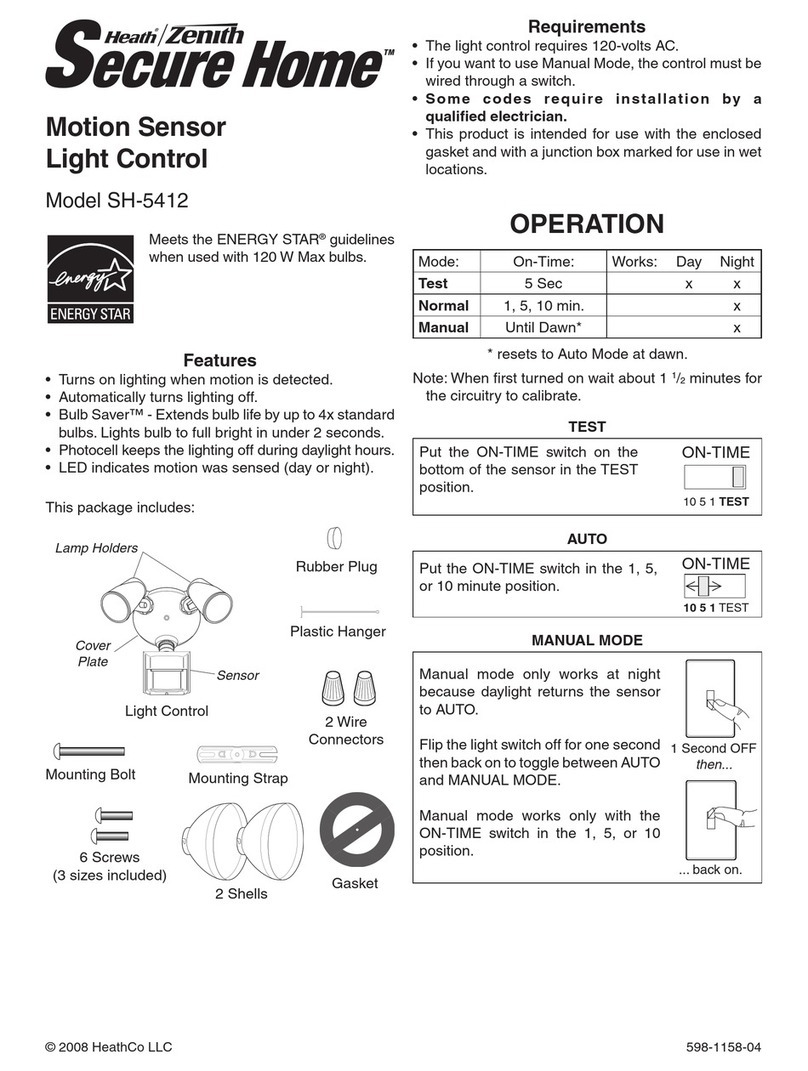
Heath Zenith
Heath Zenith Motion Sensor Light Control SH-5412 owner's manual
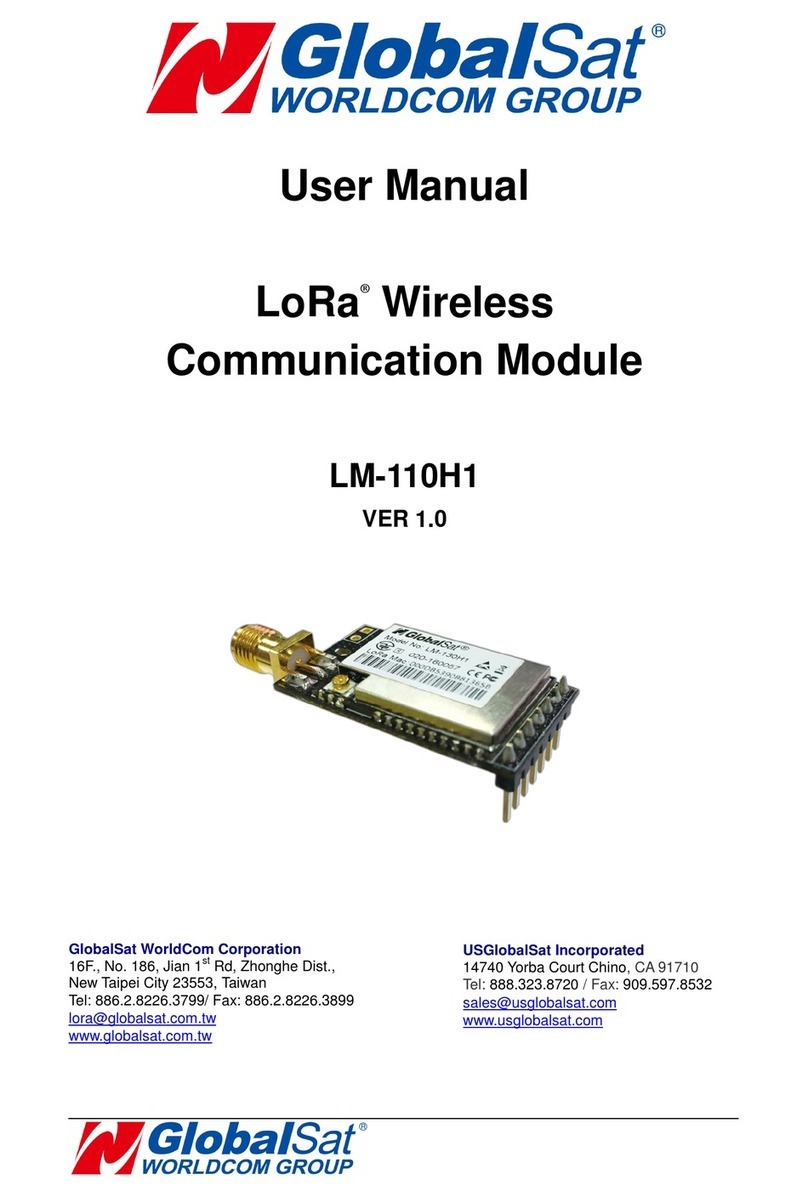
Global Sat
Global Sat LoRa LM-110H1 user manual

PROPOINT
PROPOINT 8688855 quick start guide
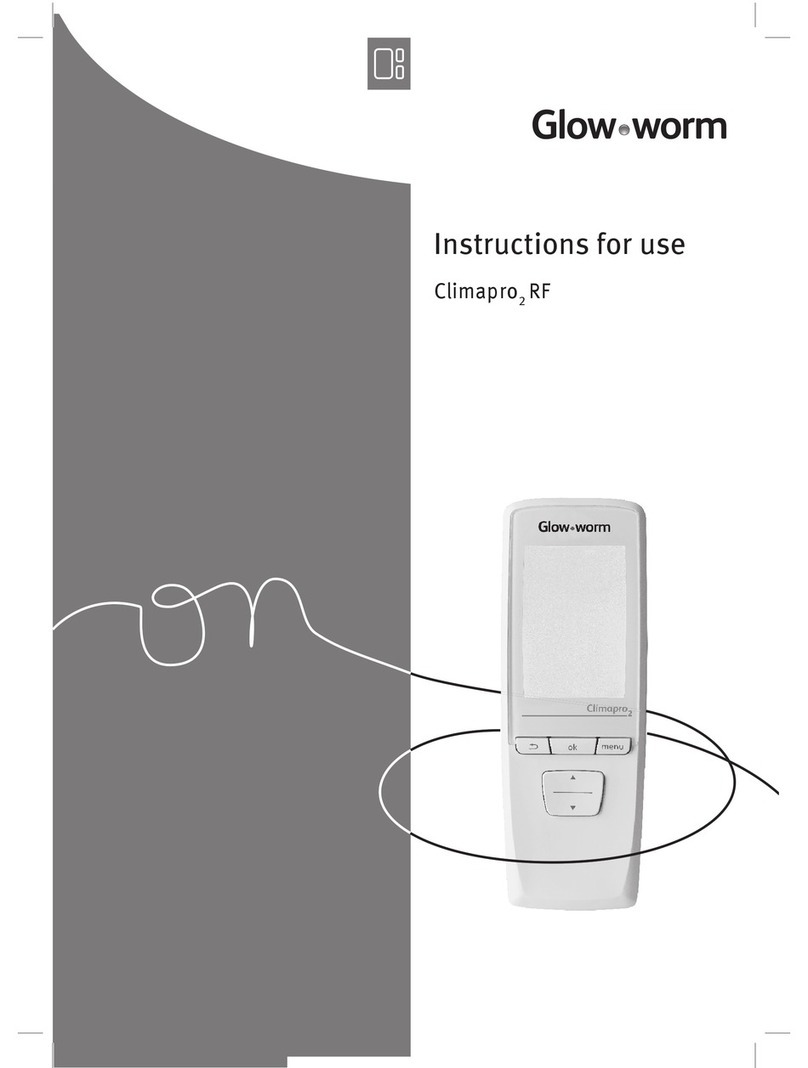
Glowworm
Glowworm Climapro2 RF Instructions for use
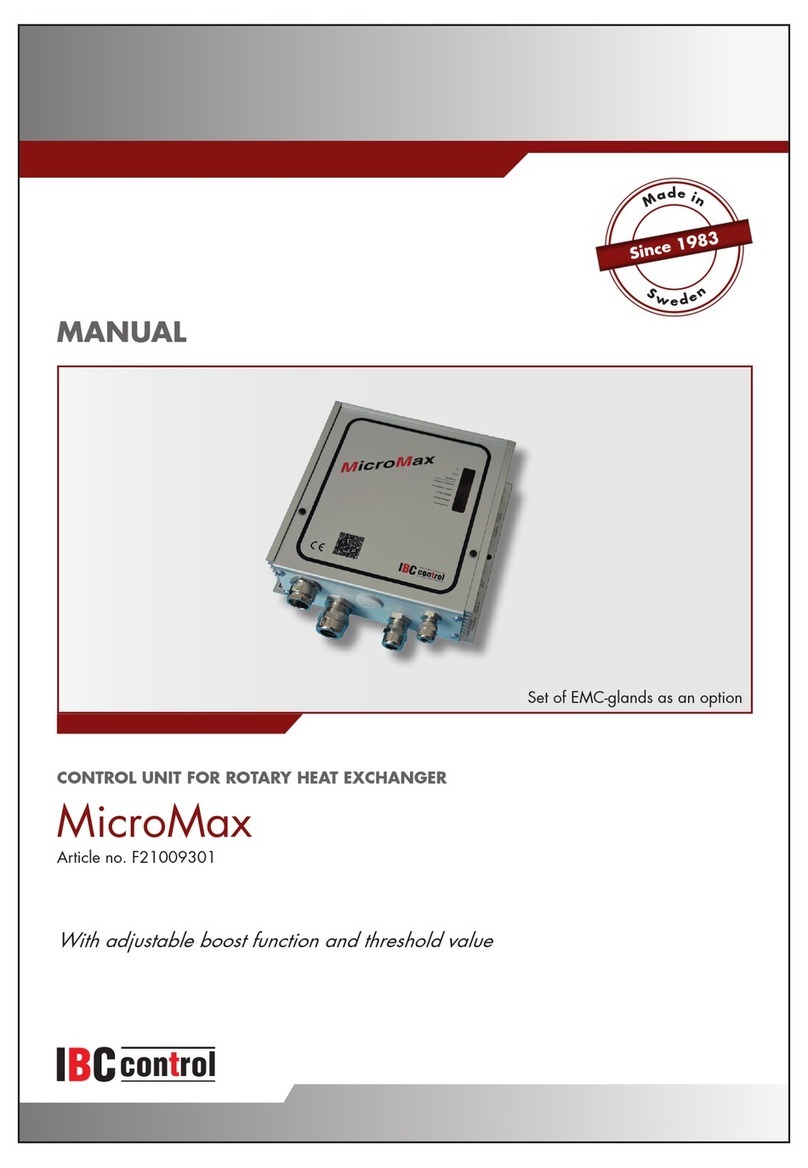
IBC control
IBC control MicroMax manual
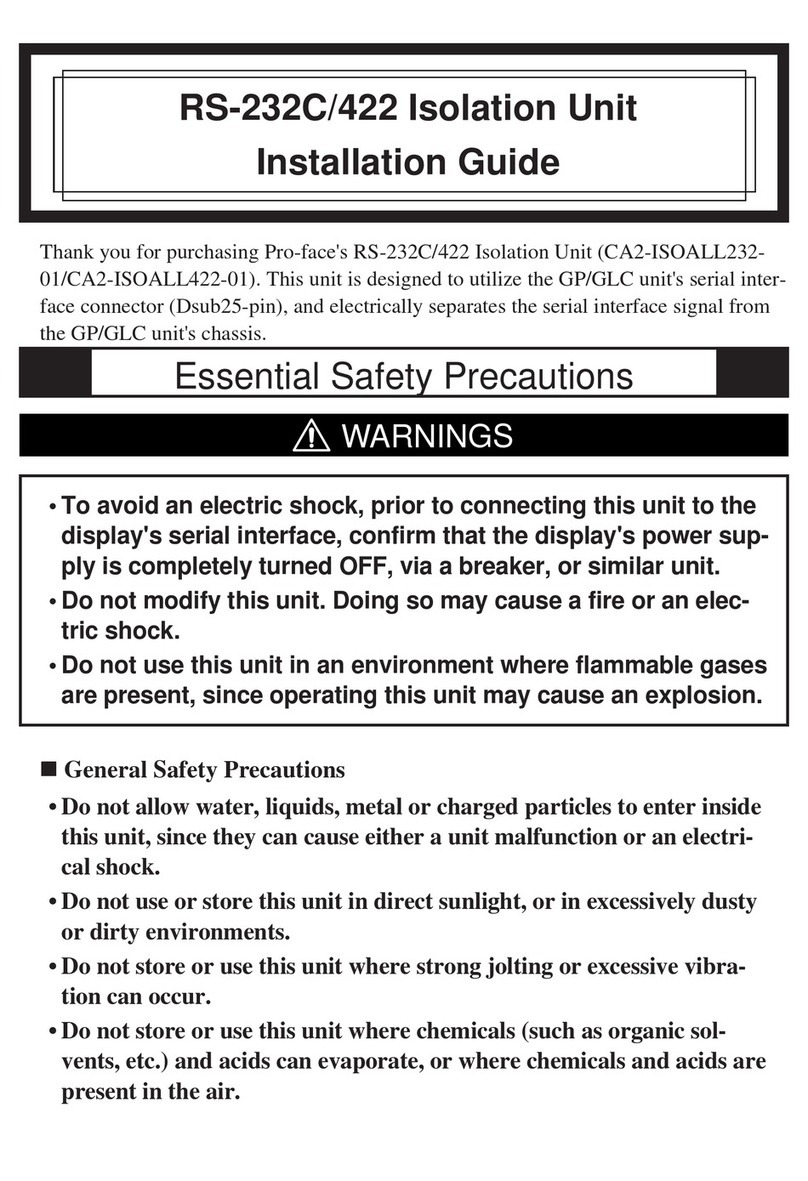
Pro-face
Pro-face CA2-ISOALL422-01 installation guide
